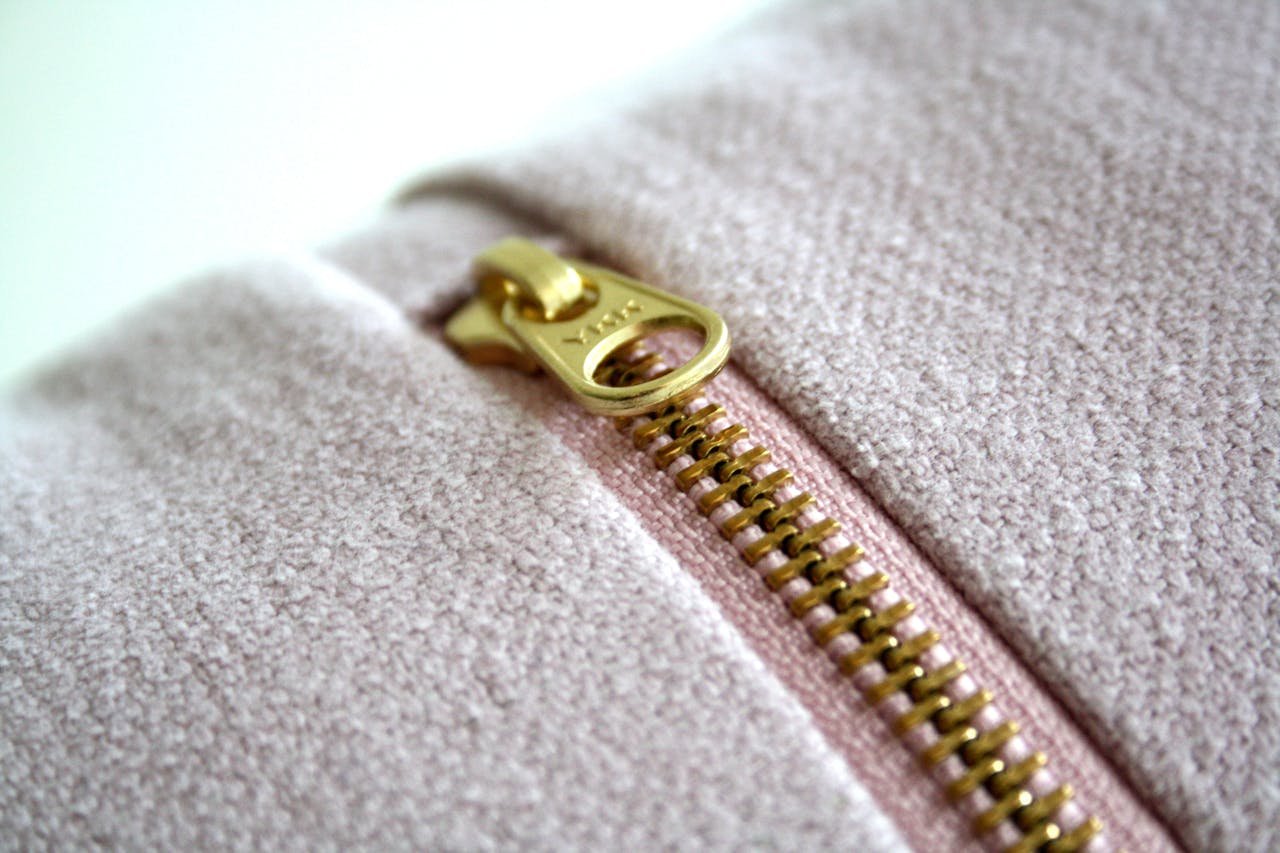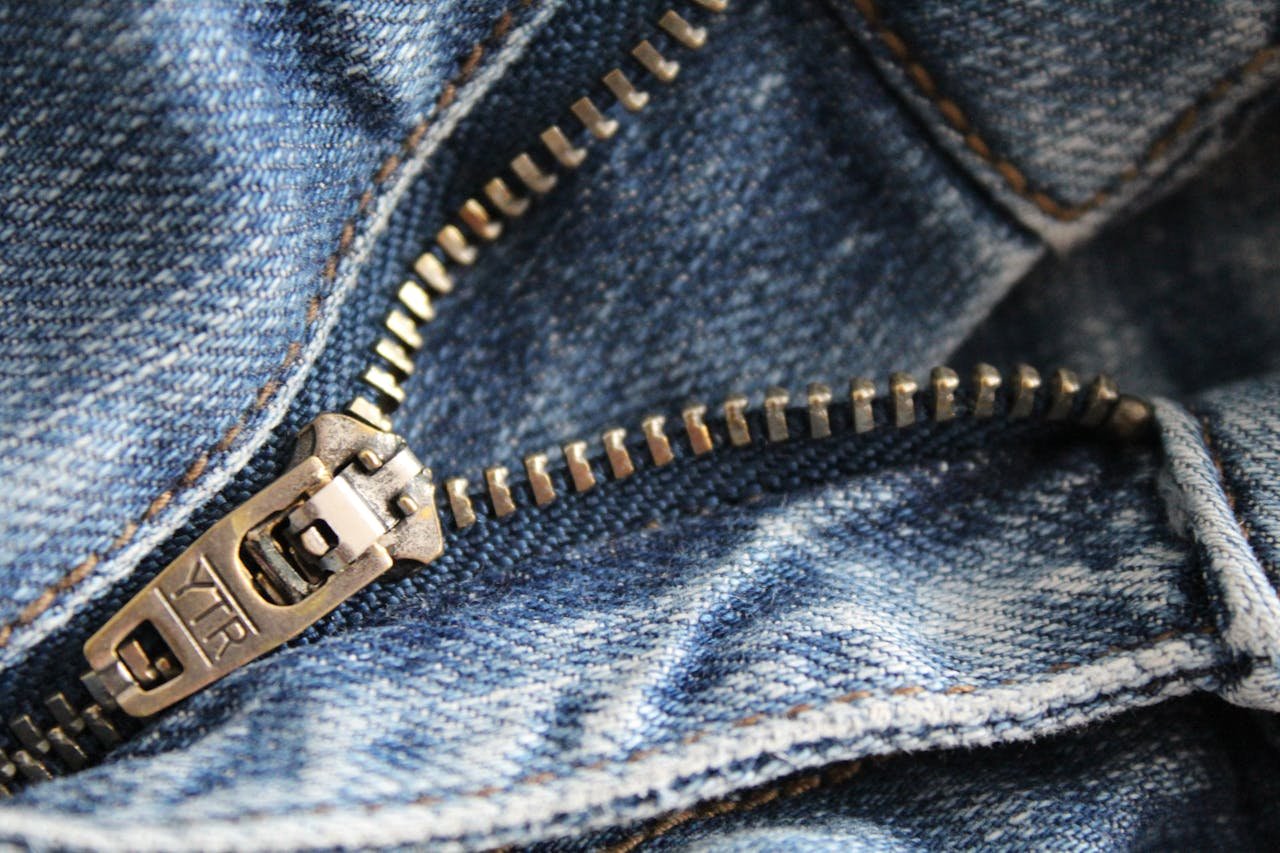
Introduction
Antique zippers from CMC (Conmar Manufacturing Company) hold a unique place in history. They represent a period when zipper technology was evolving rapidly, shaping fashion, military gear, and industrial applications. Collectors, vintage clothing enthusiasts, and history buffs all find these zippers fascinating due to their durability, craftsmanship, and historical significance.
This article explores the history, craftsmanship, types, and collecting value of antique CMC zippers. Whether you’re a collector or just curious about vintage fasteners, this guide will provide everything you need to know.
The History of CMC Zippers
1. The Birth of the Zipper Industry
The zipper as we know it today evolved from the early “hookless fasteners” developed in the late 19th and early 20th centuries. Initially, zippers were used mainly for boots and tobacco pouches, but they gained popularity in clothing by the 1930s.
2. The Rise of Conmar Manufacturing Company (CMC)
Conmar Manufacturing Company, commonly known as CMC, was one of the major zipper manufacturers in the mid-20th century. Competing with other brands like Talon and YKK, CMC specialized in heavy-duty metal zippers, widely used in military uniforms, workwear, and fashion.
3. CMC Zippers in Military and Fashion
During World War II, CMC zippers were heavily used in military jackets, bomber flight suits, and backpacks. Their robust construction made them ideal for tough environments. Post-war, they became popular in jeans, leather jackets, and workwear.
CMC zippers are now considered antique and collectible, sought after by vintage fashion collectors and historians.
Craftsmanship and Design of Antique CMC Zippers

CMC zippers were known for their durability, smooth function, and sturdy construction. Let’s take a closer look at their design and materials.
1. Materials Used
- Brass Teeth: Most antique CMC zippers featured brass teeth, known for their corrosion resistance and longevity.
- Steel and Nickel Components: Some models included nickel-plated sliders for extra durability.
- Fabric Tape: Cotton or polyester fabric tape held the metal teeth in place.
2. Key Features of Antique CMC Zippers
- Embossed CMC Logo: The CMC logo was often stamped onto the zipper pull or slider, making it easy to identify.
- Strong Metal Teeth: Unlike modern plastic zippers, antique CMC zippers had heavier and stronger teeth, ensuring longevity.
- Smooth Slide Mechanism: Even after decades, many vintage CMC zippers still function smoothly with proper care.
- Unique Pull Designs: Some models featured military-grade pulls, leather-wrapped grips, or decorative elements in fashion pieces.
Types of Antique CMC Zippers
CMC produced a variety of zipper styles, each serving a different purpose. Here are the most common types found in vintage and antique clothing:
1. Military Zippers
- Used in WWII flight jackets, M65 field jackets, and Navy uniforms.
- Often marked with U.S. military specifications.
- Known for their extra-strong teeth and reinforced stitching.
2. Workwear Zippers
- Found in denim jeans, leather jackets, and heavy-duty overalls.
- Designed to withstand rough industrial use.
3. Fashion Zippers
- Used in 1940s and 1950s dresses, skirts, and high-end coats.
- Featured decorative pulls and finely crafted slider mechanisms.
4. Specialty and Luggage Zippers
- Found in vintage suitcases, handbags, and tool pouches.
- Built for secure fastening and long-term durability.
Each type of antique CMC zipper is now a collector’s item, reflecting different aspects of history and craftsmanship.
Why Collect Antique CMC Zippers?

For collectors, antique CMC zippers offer a fascinating glimpse into the past. Here’s why they are highly sought after:
1. Historical Significance
- Played a crucial role in military uniforms, workwear, and fashion.
- Represents a time when the zipper industry was rapidly evolving.
2. Durability and Quality
- Unlike modern zippers, CMC zippers were built to last.
- Their solid brass teeth and reinforced tape make them functional even after decades.
3. Fashion and Vintage Restoration
- Essential for authentic vintage clothing restoration.
- Many 1950s and WWII-era garments require original CMC zippers for historical accuracy.
4. Investment and Value
- Rare antique zippers increase in value over time.
- Military-grade zippers and those from high-end fashion brands are especially valuable.
How to Identify Authentic Antique CMC Zippers
If you’re looking to purchase genuine antique CMC zippers, here are the key identification tips:
1. Check for the CMC Logo
- Look for “CMC” stamped on the zipper pull or slider.
- Some older models may have patent numbers instead of a brand mark.
2. Examine the Material
- Authentic CMC zippers are heavier than modern ones.
- The brass teeth should have a warm, aged patina, not a shiny new look.
3. Test the Functionality
- A genuine CMC zipper will often still function smoothly.
- If stuck, use graphite powder or beeswax to restore movement.
4. Look for Provenance
- If buying from a seller, ask for historical records or proof of authenticity.
- Military zippers should have US Army/Navy issue markings.
Caring for Antique CMC Zippers
Proper maintenance will preserve the functionality and appearance of your antique zippers.
1. Cleaning
- Use a soft cloth and mild soap to clean the fabric tape.
- For metal teeth, apply a small amount of metal polish to restore shine.
2. Lubrication
- If the zipper is stiff, apply graphite powder or beeswax.
- Avoid using oil-based lubricants, which can attract dirt.
3. Storage
- Keep in a dry, cool place to prevent corrosion.
- Store zippers in cotton fabric pouches to avoid moisture damage.
With proper care, antique CMC zippers can remain functional and collectible for decades.
Where to Buy Antique CMC Zippers
Finding authentic CMC zippers requires knowing where to look. Here are the best sources:
1. Vintage Clothing Stores
- Some stores carry authentic WWII-era jackets, jeans, and dresses with original CMC zippers.
2. Online Auctions
- Websites like eBay, Etsy, and Ruby Lane often feature collectible zippers.
- Be cautious and check seller reviews and authenticity claims.
3. Military Surplus Stores
- Great for finding old military-issued CMC zippers.
4. Antique Markets and Flea Markets
- A great place to discover hidden vintage zippers.
If buying online, always verify authenticity before making a purchase.
Conclusion
Antique CMC zippers are more than just fasteners; they are a piece of history. Whether used in military uniforms, vintage fashion, or industrial workwear, these zippers showcase quality craftsmanship and durability.
For collectors and fashion restorers, owning an antique CMC zipper is a symbol of timeless engineering. By preserving and appreciating these vintage pieces, we keep the legacy of CMC alive for future generations.
FAQs
Q1: How can I tell if my zipper is an antique CMC?
A: Look for the CMC logo, brass teeth, and sturdy construction.
Q2: Are antique CMC zippers valuable?
A: Yes! Military and rare fashion zippers can sell for high prices.
Q3: Can I use an antique CMC zipper in modern clothing?
A: Absolutely! Many collectors restore vintage jackets and jeans with original CMC zippers.
Q4: Where is the best place to buy antique CMC zippers?
A: Online auctions, military surplus stores, and vintage clothing markets.
Q5: How do I clean an antique zipper?
A: Use a soft cloth, mild soap, and graphite powder for maintenance.